“Country is like a native bush – if you shape and change it too much, it can never grow back in the same way.”
There isn’t a distinction for Wadandi Cultural Custodian Josh Whiteland between Indigenous and non-indigenous landscape. Country is the place where we live and where we connect. Every day is an opportunity to care for the land and to notice its beauty and its function, even when our stay is brief. Especially when our stay is brief.
“Leave no trace,” explains Josh, a key to unlocking an intimate experience of culture on Wadandi Boodja – which is the Aboriginal name for the Margaret River Region. “Enjoy your natural surrounds and only leave your footprints. The wind comes along and blows your footprints and your tracks out.”
It’s not just our tracks that Josh would have the wind blow away, but also our expectations.
“Open your eyes to Country,” Josh suggests. “If you’re going to do a tour or an experience I think the best way to do it is to immerse yourself into the experience but don’t have expectation as to what you think it should be.”
Removal of expectation respects Wadandi Boodja as unique. Josh sees the similarities in Aboriginal groups across Australia while also emphasising that, from region to region, “we are very different”. Stories and songs. Vegetation. Climate. Characteristics of the people. Every place a different telling.
“South West people, we are coastal, saltwater people,” Josh says. “We have that close relation to the ocean, that saltwater connection – the way people can identify things and the way people forage and gather and move through land and Country.”
Understanding what this is means engaging with Wadandi caretakers. For Josh it is as simple as going for a walk with a traditional elder and opening eyes to Country. Which is what makes a tour with Josh a great place to start.
South West people, we are coastal, saltwater people. We have that close relation to the ocean, that saltwater connection – the way people can identify things and the way people forage and gather and move through land and Country
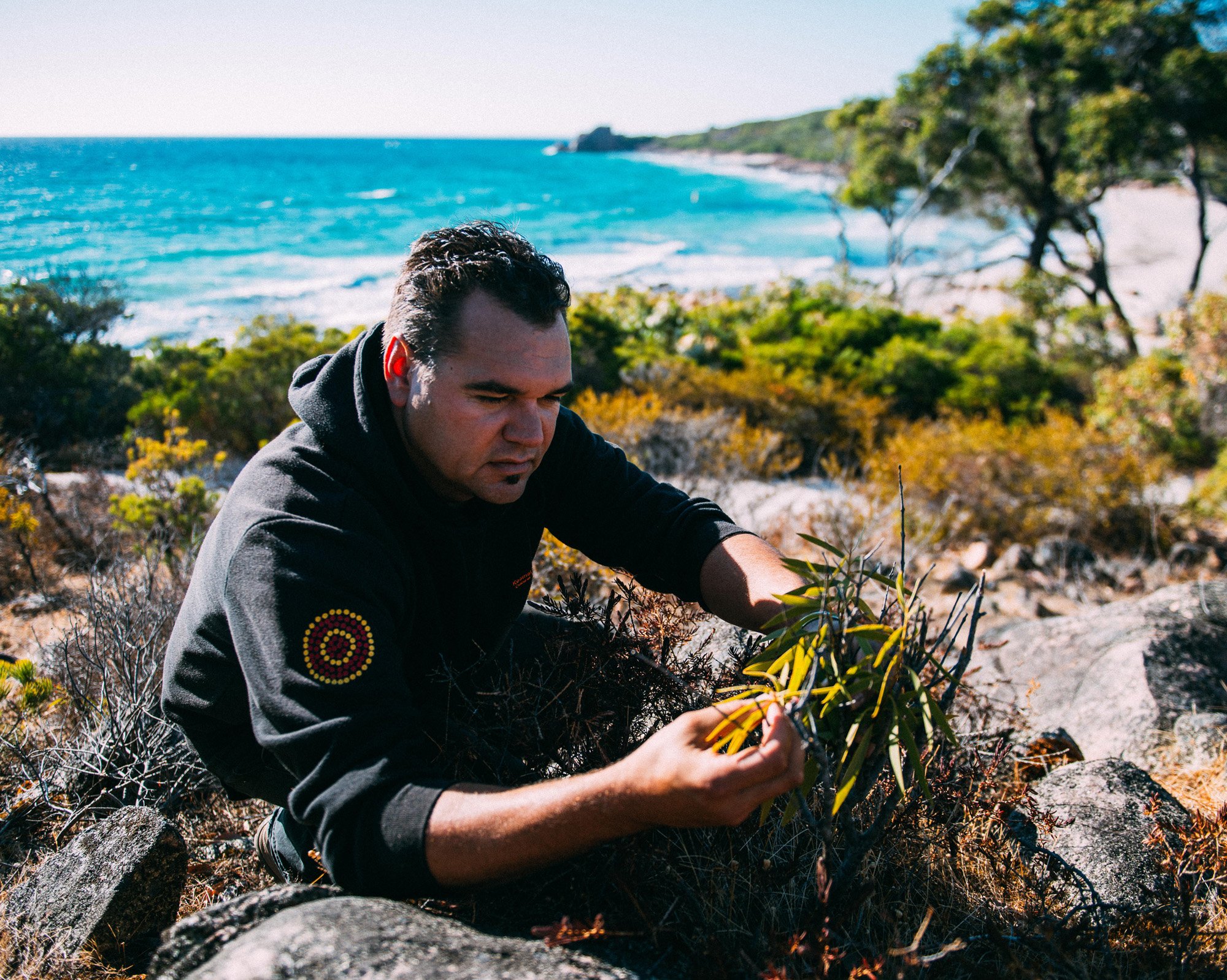
Leaving no footprints is both a perspective and a way of physically engaging. A cultural tour with Josh Whiteland of Koomal Dreaming located at Ngilgi Cave Ancient Lands Experience provides a framework for understanding. Josh defines the landscape with traditional place names, their meaning, and the Dreamtime stories that establish origin. The experience of foraging turns coastal heath into an outdoor market, and the ocean into both touchstone and resource. Josh knows the medicinal plants of the coastal ridge, shares music and traditional fire lighting. Taking Yallingup and its surrounds back to the land makes us accountable to how we move through it.
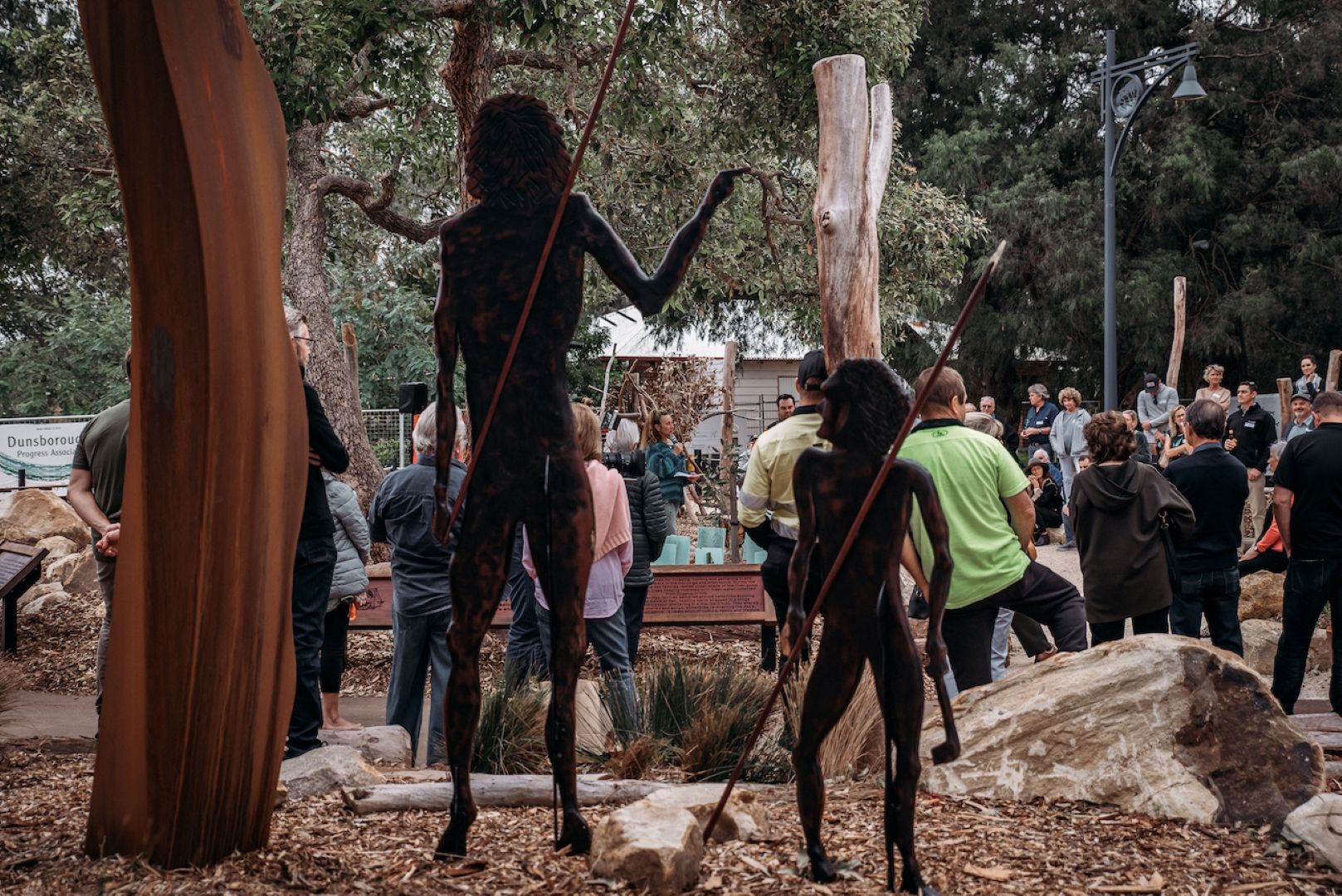
Djiljit Mia means ‘fish home’ – and these gorgeous gardens are a great place to visit for groups of all ages. Fishing for the Wadandi people was a community activity. Quedjinup (Dunsborough) means meeting place of the fish traps: the coastline where families gathered to catch and cook fish over fire, make thatched frames from peppermint trees and create community on Country. What appears as a nature playground at Djiljit Mia is a landscape designed around the story of the Wadandi people’s use of the land. That the beautiful timber huts, constructions and shapes invite play and interactions simply makes the experience more memorable. “Some of these children become teachers to their parents about how to look after Country,” Josh says. “You create little custodians out of the next generation and Country has a chance.”
Pronounced Jill-jit My-ah – the park includes a sculpture of an Aboriginal elder and his son. Local artist Greg Banfield constructed the piece to reflect the fishing stories that extend back through generations of the region’s Wadandi people. They’ve got traditional gidgees on their back and the elder is pointing down to the fish traps, teaching his son how to hunt. The fishing theme is also represented in the nature play, where a rope and log course symbolises the fish coming in at high tide.
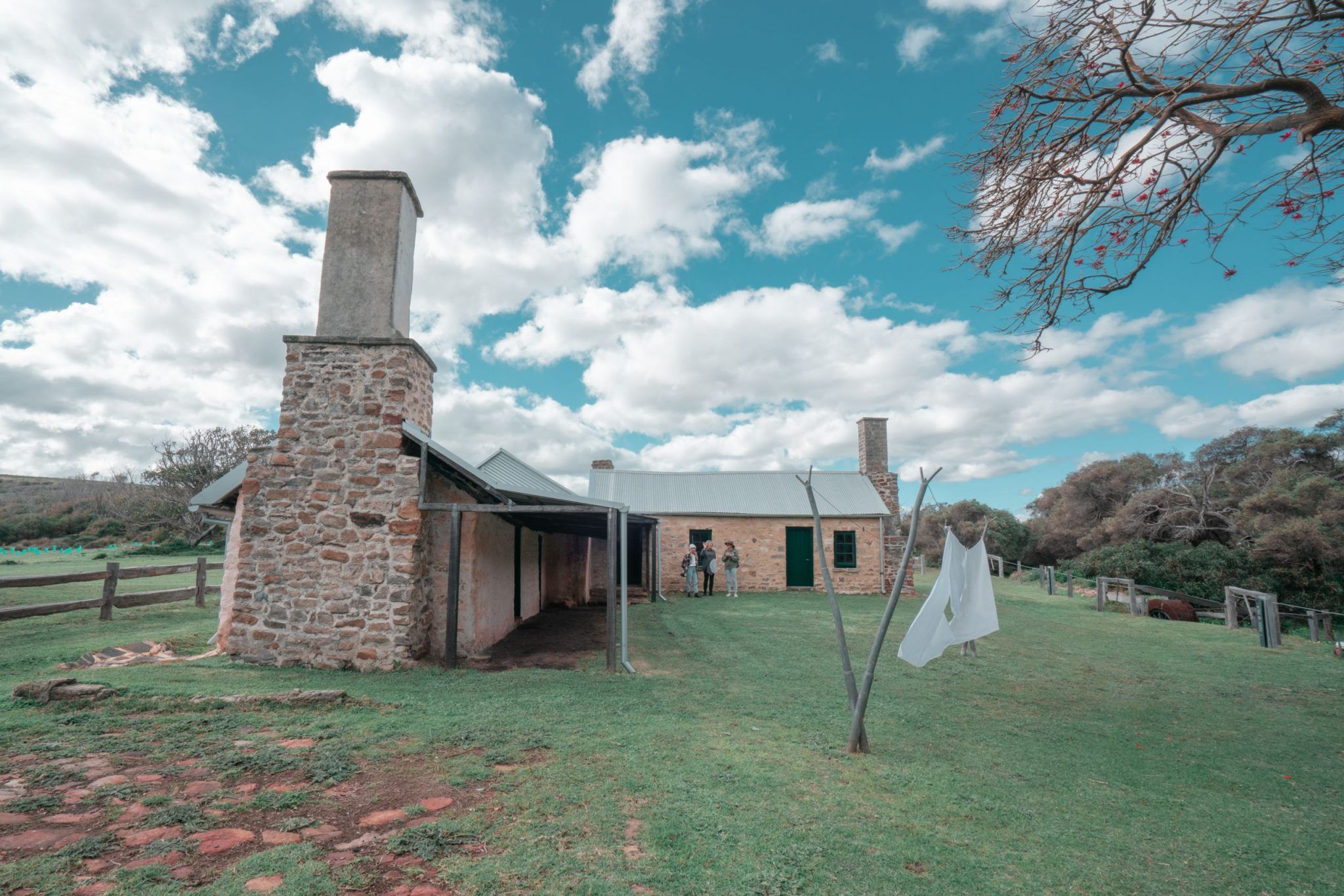
Ellensbrook House is one of the region’s original accommodation homesteads and is situated just south of Gracetown. The Aboriginal name for the locality is Mokidup, and it was a traditional camping spot for thousands of years. Around Ellensbrook House, settled by Alfred Bussell in 1857, the land served as the summer camping area for the area’s Wadandi people. Drawings by Noongar artist Sandra Hill at the site’s entry detail the plants and animals that sustained the Wadandi across the year’s six seasons. Settlers benefitted from Wadandi knowledge of Country, shown as they were to fertilise the ground with fresh seaweed. Behind the homestead a trail leads to the grove housing the legend of Meekadariby, the place where the moon bathes, held in the waterfall that flows with the rains.
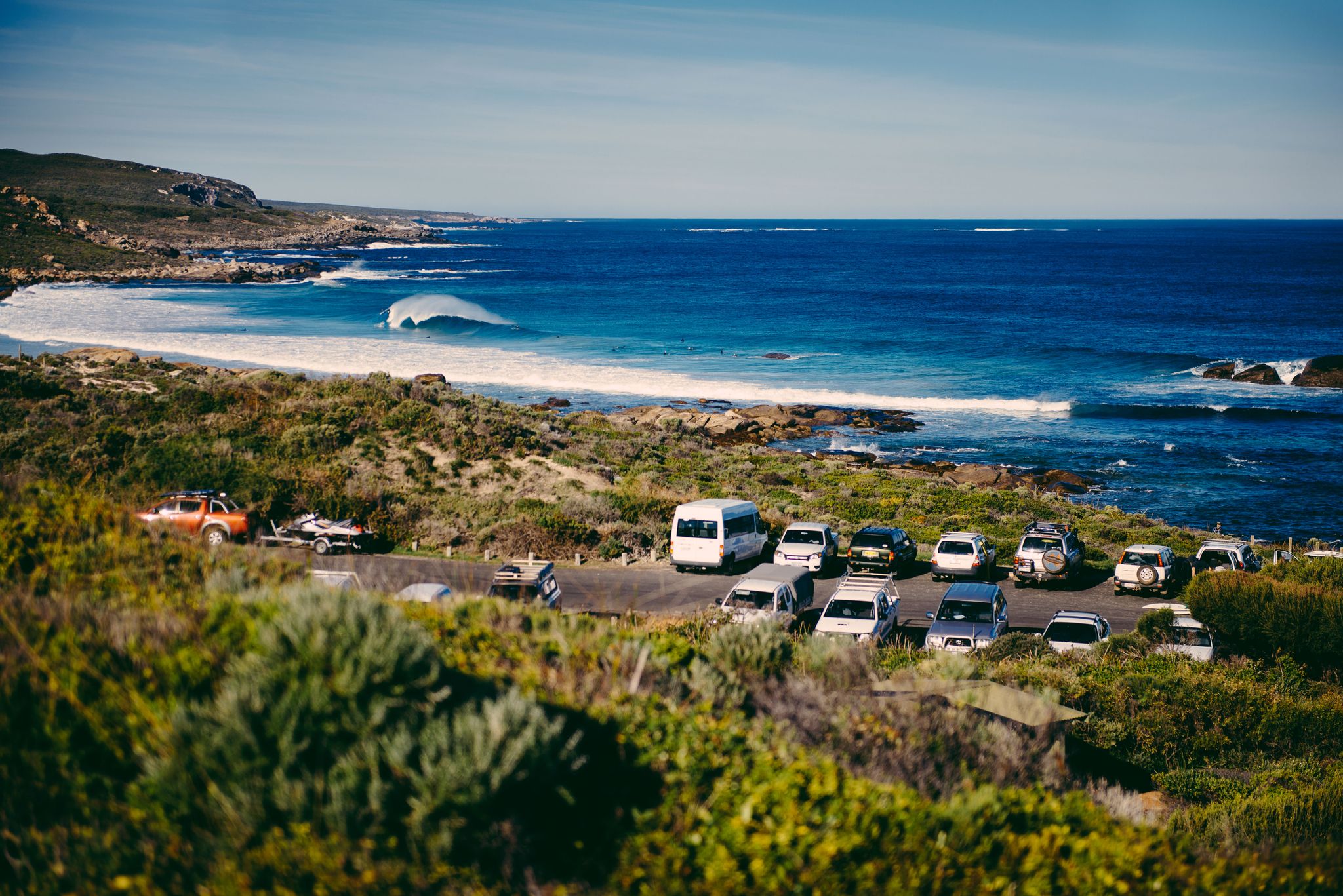
The story of Aboriginal stockman, Sam Isaacs, uniting with a settler’s daughter, Grace Bussell, to rescue survivors from the Georgette shipwreck touches on the intersection of colonial and indigenous history in the south west. The plaque at Redgate Beach tells the tale of wild seas, unity and bravery, and encompasses a positive story of reconciliation. Redgate Beach is a chance to respect the ferocity of the ocean, marvel at the striking boulder formations and wonder at a geography whose provision of rich cultural resource requires such gentle handling.
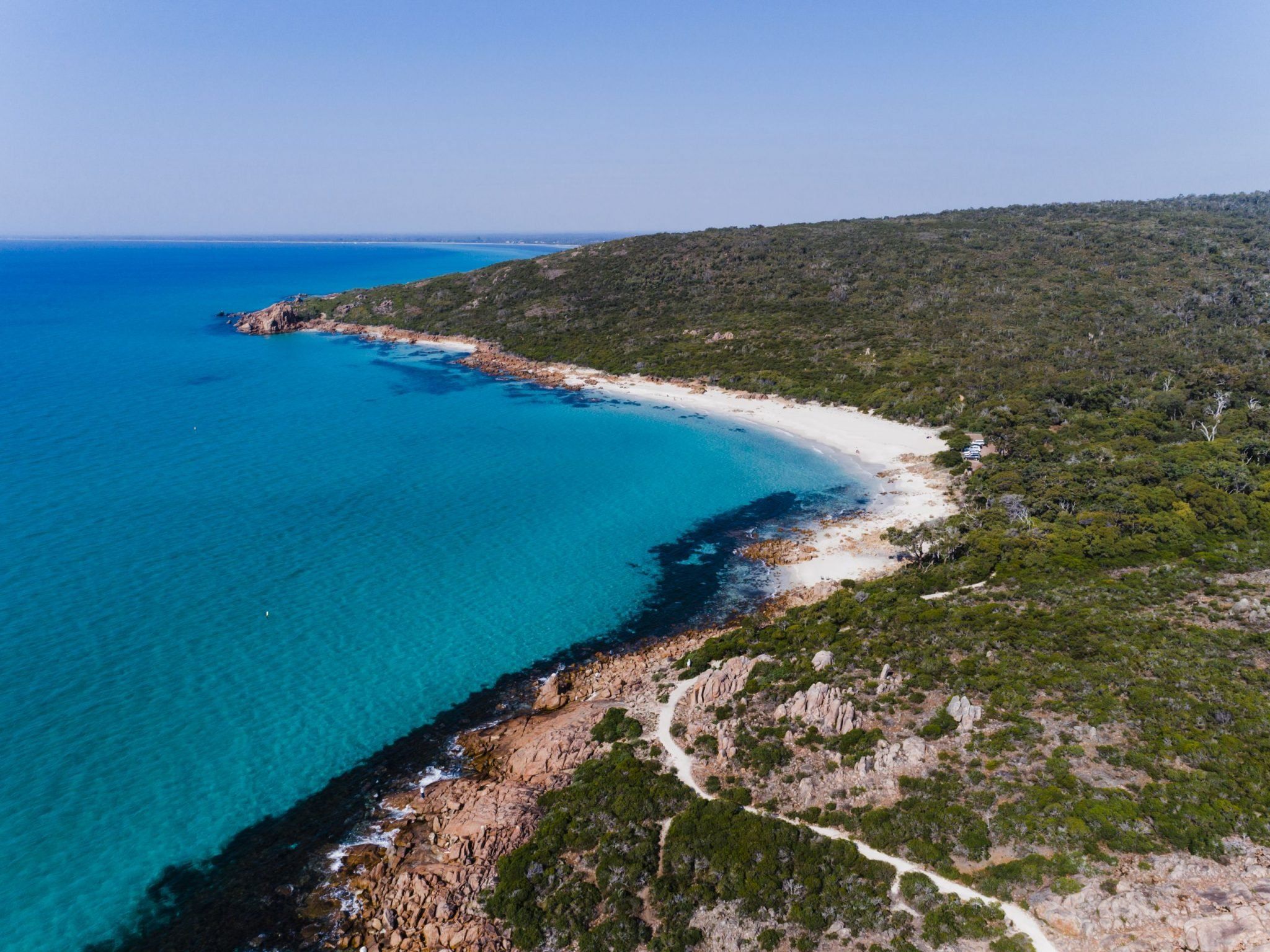
Signage along different sections of south west trails, coastlines and rivers allows visitors to fuse information with imagination in order to connect with Country. Signage along the Blackwood River, the Ten Mile Brook Dam walk trail from Rotary Park in the Margaret River township, and at beaches like Meelup and Point Piquet on the north of the cape provide insights into the six seasons, flora and fauna. If nothing else, says Josh, “go to one of our national park campsites and just imagine yourself there thousands of years ago”.

How to book your Cape to Cape Track hike
Book your self-guided adventure on the Cape to Cape Track or walk with our expert guides on our 8-Day Guided End-to-End adventure. And we’ll see you on the Track soon!
* This article was written by Sarina Kamini on behalf of the Margaret River Busselton Tourism Association and reproduced with permission. The original article can he found HERE.
